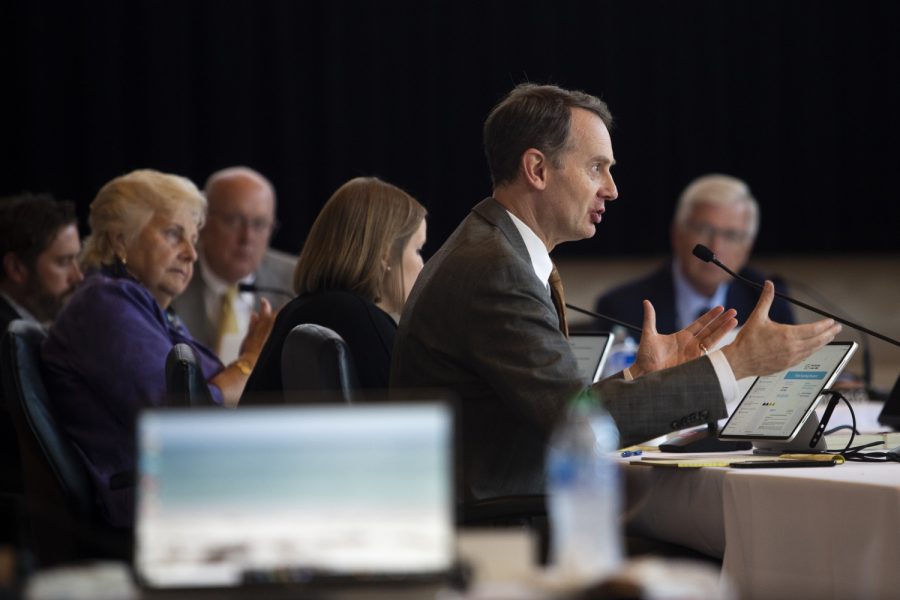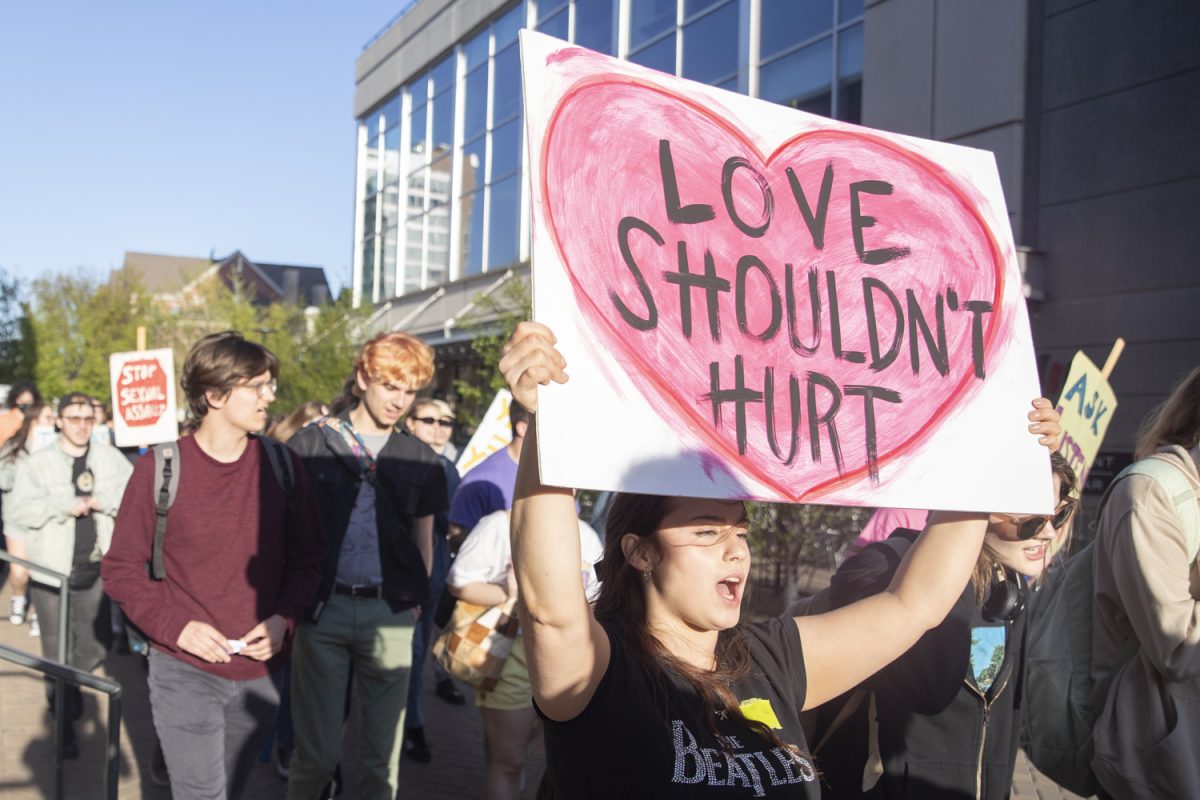Iowa City moved closer to finalizing a new voter precinct map on Tuesday, but officials said the new borders will likely to little to change huge disparity in turnout among precincts.
The Iowa City City Council voted 7-0 to redraw the city’s precincts, the first of three votes, during a special meeting Tuesday. After each census, all city councils must divide their cities into precincts according to population changes and follow certain guidelines, according to state and administrative codes.
Iowa City saw an increase from 62,220 in 2000 to 67,862 in 2010, according to the federal census.
“I think anytime that you have growth, it means increased demand for services, cost,” she said. “But, hopefully, more people working, buying things adds to the vibrancy of our communities.”
Councilors are proposing the merger of two precincts in order to equalize precinct population in the city and ensure the precinct lines align with the legislative district lines — which were redrawn in April.
In order to promote equality, precincts may have no more than a 10 percent difference between council districts.
“Iowa City hasn’t changed significantly,” Sen. Bob Dvorsky, D-Coralville, said, who helped with the redistricting process at state level.
Populations may not exceed 3,500 and must be in one legislative district. Precincts must follow census block boundaries, with the territory having no bordering gaps.
In a proposal written by city staff and the Johnson County Auditor’s Office, officials suggest precinct reorganization from 25 to 24 in Iowa City to maintain equality. Voter convenience and electoral efficiency is also taken into concern. Precincts must include incorporated territory.
Iowa City’s three districts will undergo minor changes, which will go into effect January 2012.
“They look pretty reasonable,” Councilor Mike Wright said, who lives in Precinct 21. “There are pretty minor differences between the two. So I think they look fairly reasonable.”
But officials said they don’t feel the changes will have any effect on low voter turnout, especially that of areas heavily populated by students.
“Without drawing some pretty funky lines, I don’t know how you can get away from [low voter turnout],” Wright said.
Rep. Dave Jacoby, D-Coralville, agreed.
“Regardless of the precincts’ boundaries, it’s always is a challenge to get our young voters out and voting,” he said. “Of course, it’s a challenge to get everyone to vote. In a perfect world, we’d have 100 percent of the population vote.”
According to data from the Johnson County Auditor’s Office, student-heave precincts downtown usually have very low voter turnout. Those precincts include the Quadrangle, the Senior Center, and the University of Iowa Main Library. The 2009 city election saw only 115 votes out of 8,762 registered in the four precincts combined.
However, the November 2010 general election saw an increase in the 18- to 24-year-old demographic, making up 32 percent of the vote.
But Johnson County Auditor Tom Slockett said last fall’s vote on the 21-ordinance may have resulted in the higher percentage of young voters, though the demographic was still under-represented overall.
And even with the new boundaries, Mims said, the young voters’ turnout isn’t likely to change.
“I don’t think we’ll see much of an impact in terms of elections,” she said.






